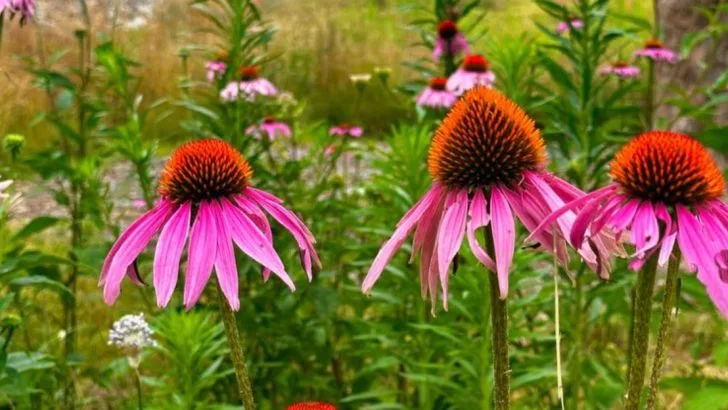If your soil is more cracked clay or rocky rubble than rich loam, don’t give up on gardening just yet. There are plenty of resilient plants that not only tolerate tough soil—they actually thrive in it, with no need for amendments, fertilizers, or endless digging.
These hardy species have evolved to grow in harsh, low-nutrient environments, pushing roots deep into crevices, anchoring in gravel, and blooming where most plants would fail. They’re perfect for slopes, dry patches, or anywhere the soil seems impossible.
In this article, discover 17 tough, beautiful plants that laugh in the face of poor soil—and how you can use them to turn even the most challenging landscape into a vibrant, low-maintenance garden.
Sedum (Stonecrop)
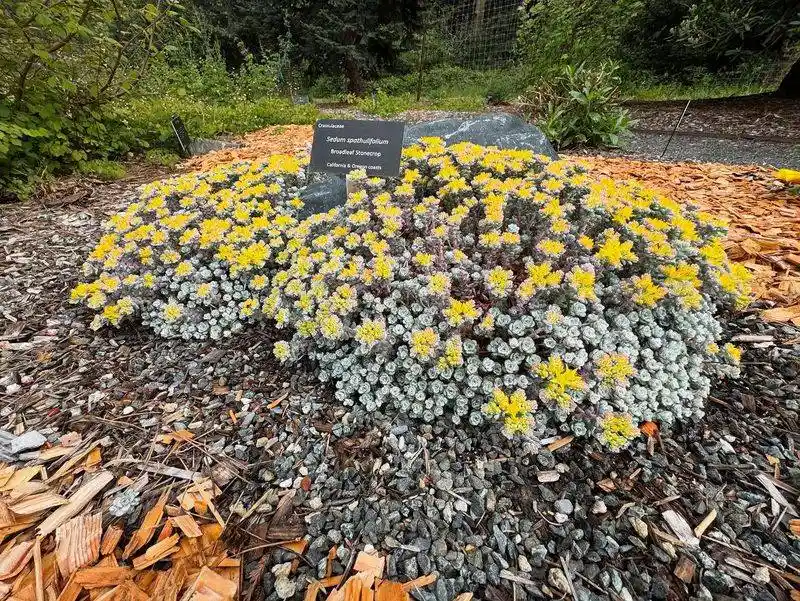
Sedum, often known as Stonecrop, stands out in rocky terrains. These hardy succulents thrive with minimal care, boasting an array of shapes and vibrant hues. Their fleshy leaves store water, making them drought-resistant and perfect for cracked soils. Sedum’s ability to attract pollinators adds an ecological bonus. With varieties such as Autumn Joy and Dragon’s Blood, there’s no shortage of visual interest. Their low-growing nature also helps in controlling erosion. Fun fact: some Sedum species have been used in traditional medicine for their anti-inflammatory properties. Search ‘Sedum in rocky soil’ for stunning examples.
Lavandula (Lavender)
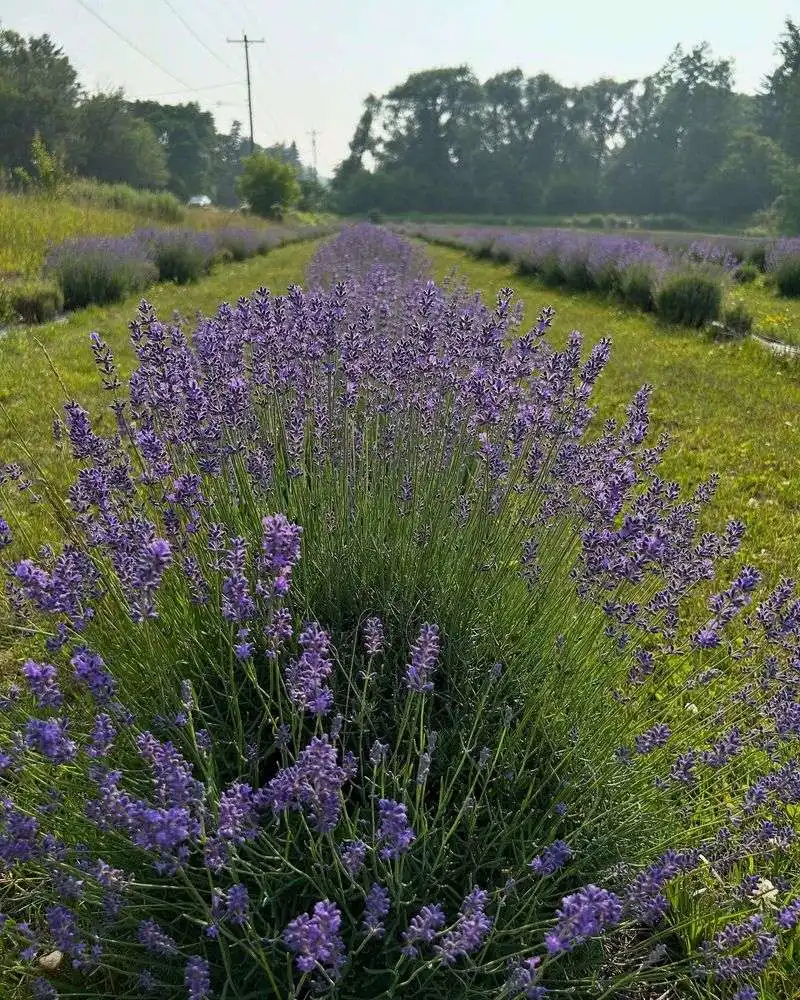
Lavender’s aromatic allure isn’t its only charm. This Mediterranean native prefers well-drained, rocky soils and plenty of sunshine. Known for its fragrant purple blooms, lavender is a favorite in both gardens and herbal medicine. It’s drought-tolerant, thriving in conditions where many plants falter. Beyond beauty, it repels pests while attracting bees. Lavender’s silvery foliage adds a serene touch to landscapes. Historically, it symbolized purity and was used in Roman baths. For best results, search ‘lavender growing in rocky soil.’
Thymus (Thyme)
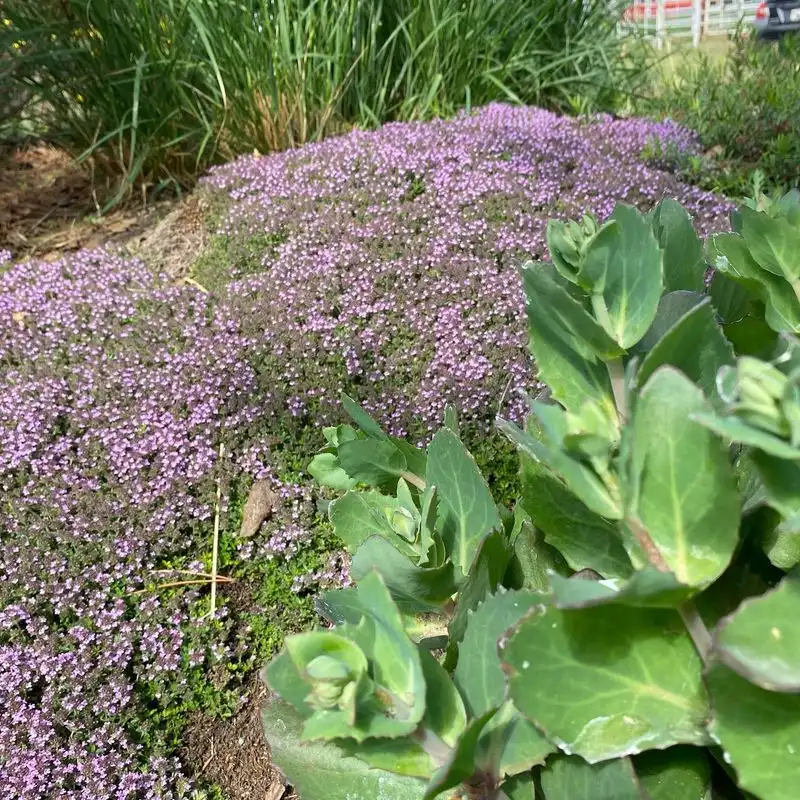
Thyme’s creeping habit makes it an excellent ground cover for rocky areas. This aromatic herb thrives in well-drained soils, offering culinary and ornamental benefits. Thyme’s small, fragrant leaves enhance dishes while its tiny flowers attract pollinators. It’s a resilient plant, enduring drought and poor soils with ease. Historically, thyme symbolized courage and was used by ancient Greeks in baths. Its versatility extends to rock gardens and container planting. To see thyme’s adaptability, search ‘thyme in rocky terrain.’
Echinacea (Coneflower)
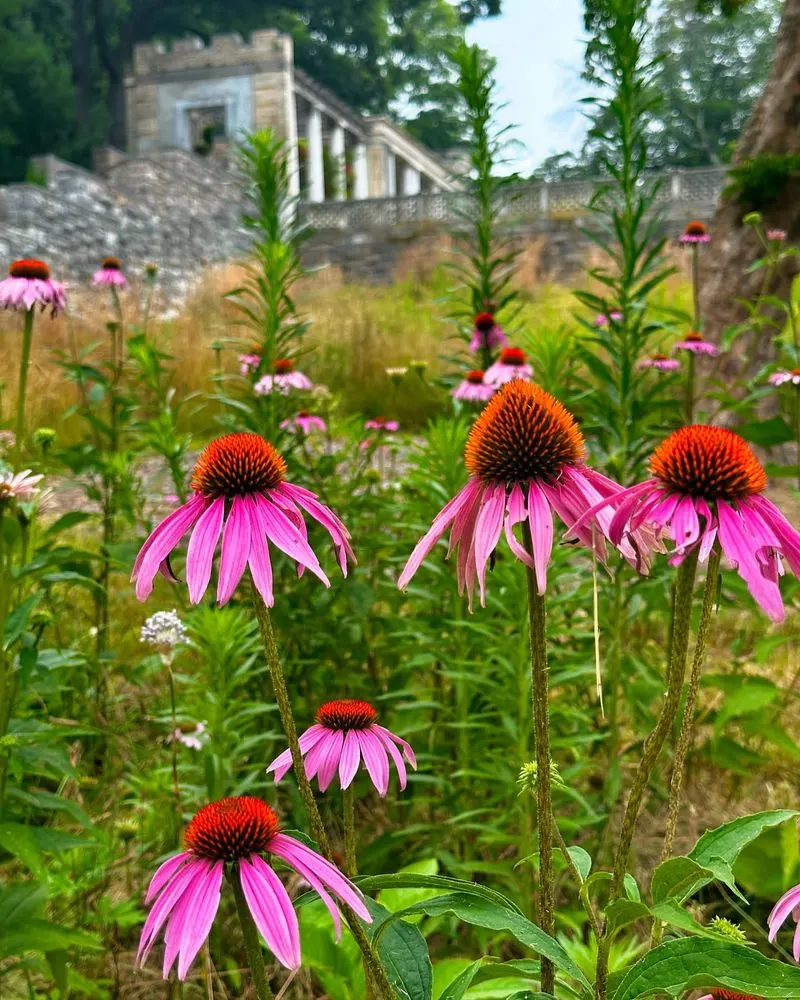
Echinacea, or coneflower, brings vibrant color to rocky gardens. Its daisy-like blooms in shades of pink, purple, and yellow are both eye-catching and medicinal. Known for its immune-boosting properties, Echinacea is favored in herbal remedies. This perennial withstands drought and poor soil, making it ideal for challenging terrains. Echinacea’s deep roots help stabilize soil, preventing erosion. Historically used by Native Americans for healing, it continues to be a garden favorite. Search ‘Echinacea in rocky garden’ for vibrant displays.
Artemisia (Wormwood)
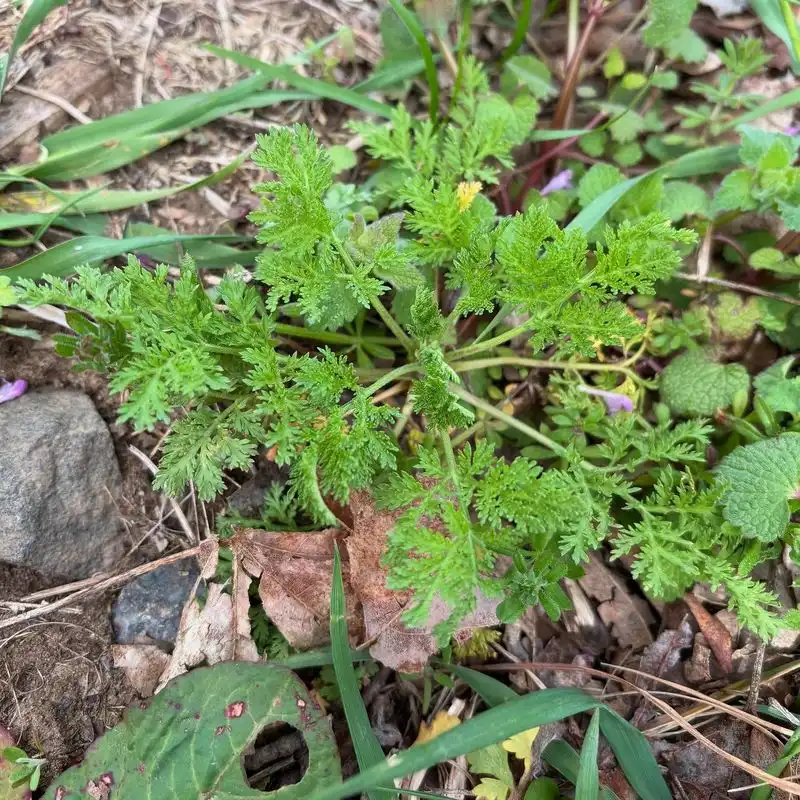
Artemisia, known for its fragrant foliage, thrives where others fail. Its silver-green leaves reflect sunlight, reducing water loss, making it perfect for arid, rocky sites. Artemisia’s aromatic properties deter pests, adding ecological value. Historically, it’s been used in traditional medicines and rituals. Varieties like Silver Mound offer a soft, textural contrast in gardens. This plant’s resilience extends to dry, nutrient-poor soils, requiring minimal care. For a striking visual, search ‘Artemisia in rocky landscape.’
Salvia (Sage)

Salvia’s vibrant spikes of color aren’t just visually appealing. These hardy perennials thrive in rocky, well-draining soils, offering both beauty and resilience. Their aromatic leaves have culinary and medicinal value. Salvia attracts pollinators, enhancing garden biodiversity. It’s drought-tolerant, making it suitable for challenging environments. Historically, sage was valued for its healing properties and cultural significance. Varieties like Salvia nemorosa provide long-lasting blooms. To explore its versatility, search ‘Salvia in rocky soil.’
Achillea (Yarrow)
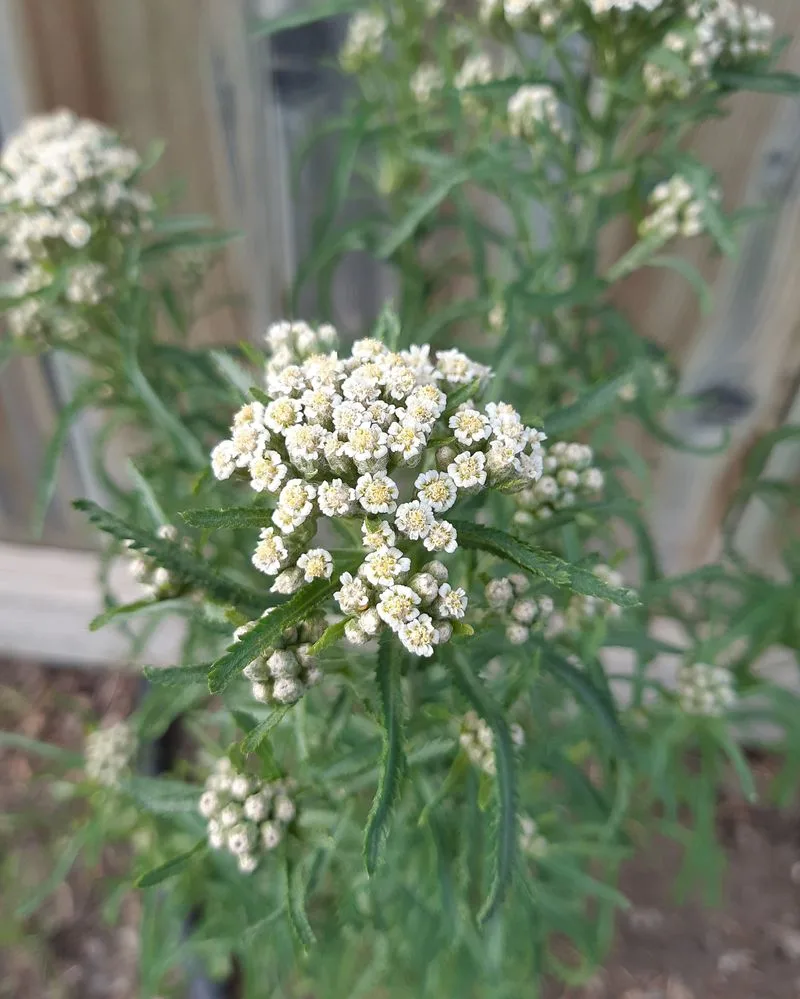
Yarrow’s feathery foliage and flat-topped blooms make it a standout in rocky gardens. Known for its medicinal uses, yarrow has a long history in herbal medicine. This hardy perennial thrives in poor soils and full sun, requiring little water once established. Yarrow’s flowers, in colors ranging from white to deep pink, attract beneficial insects. Its ability to improve soil quality by attracting beneficial microbes adds to its charm. Fun fact: yarrow was used by soldiers in ancient times for wound healing. Search ‘Achillea in rocky terrain’ for inspiration.
Agave
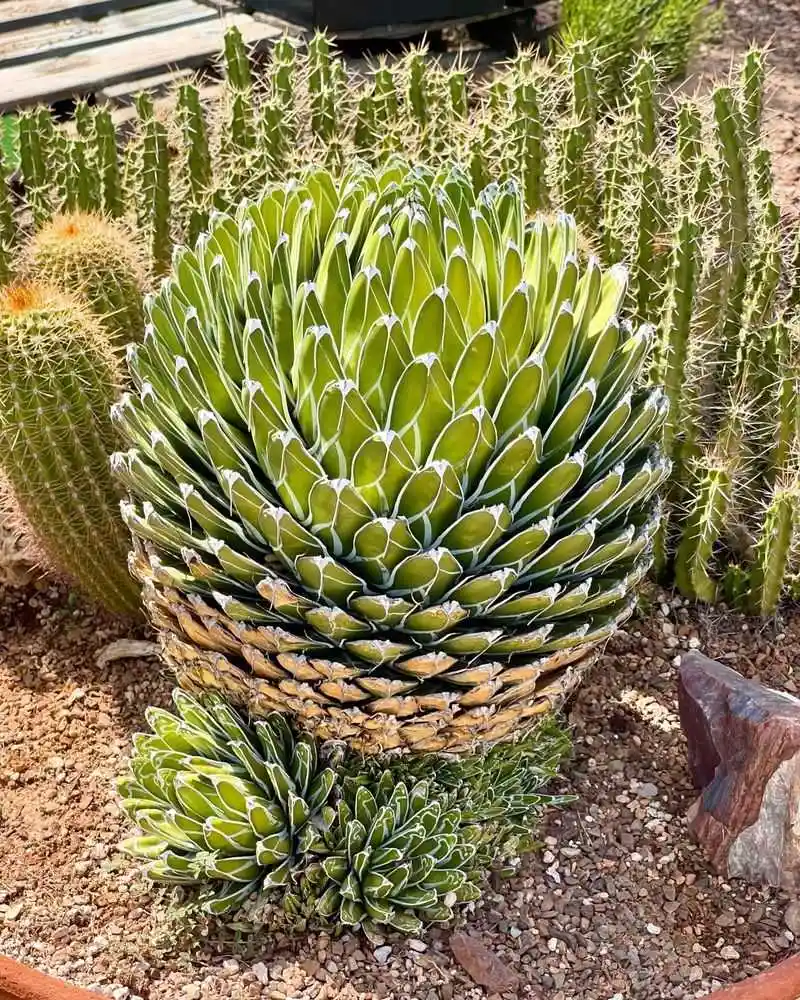
Agave’s striking form brings a sculptural element to rocky landscapes. These succulents, native to arid regions, store water in their fleshy leaves, thriving in dry, rocky soils. Agave’s bold silhouette and spiky leaves deter herbivores, while its flowers attract pollinators. Known for producing tequila, agave also has traditional uses in crafting and medicine. It’s a low-maintenance choice for gardeners seeking dramatic impact. Discover agave’s architectural elegance by searching ‘Agave in rocky garden.’
Sempervivum (Hens and Chicks)
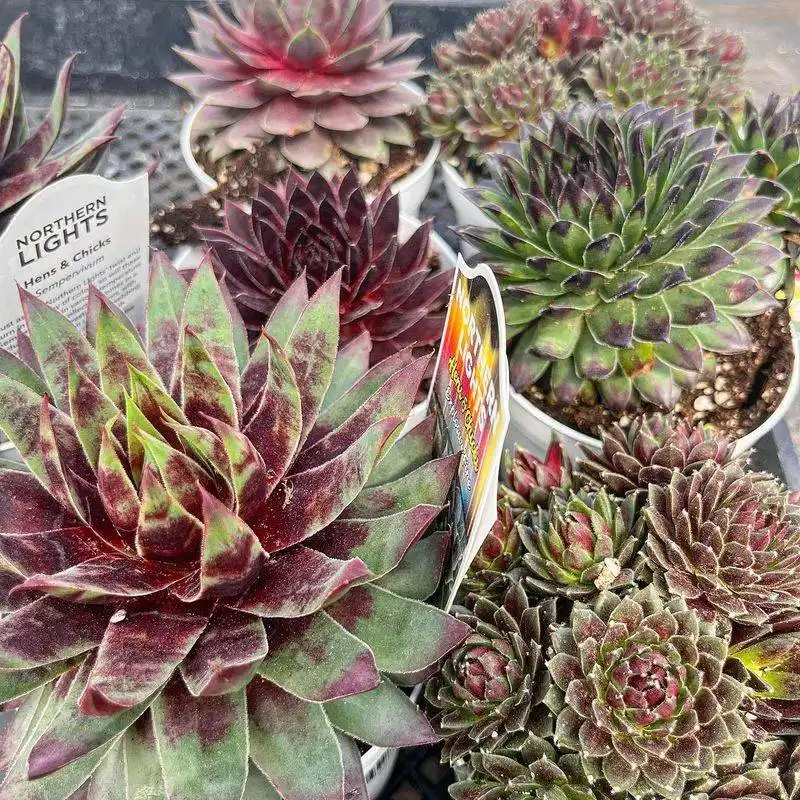
Sempervivum, or Hens and Chicks, offers charming resilience. These rosette-forming succulents are perfectly suited for rocky terrain, with their ability to thrive in crevices. Sempervivum’s adaptability to harsh conditions makes it a favorite for gardeners with challenging soil. Its ability to change leaf colors with the seasons adds visual interest year-round. Historically, these plants were considered protective charms. Ideal for rock gardens and containers, search ‘Sempervivum in rocky soil’ for creative ideas.
Verbena
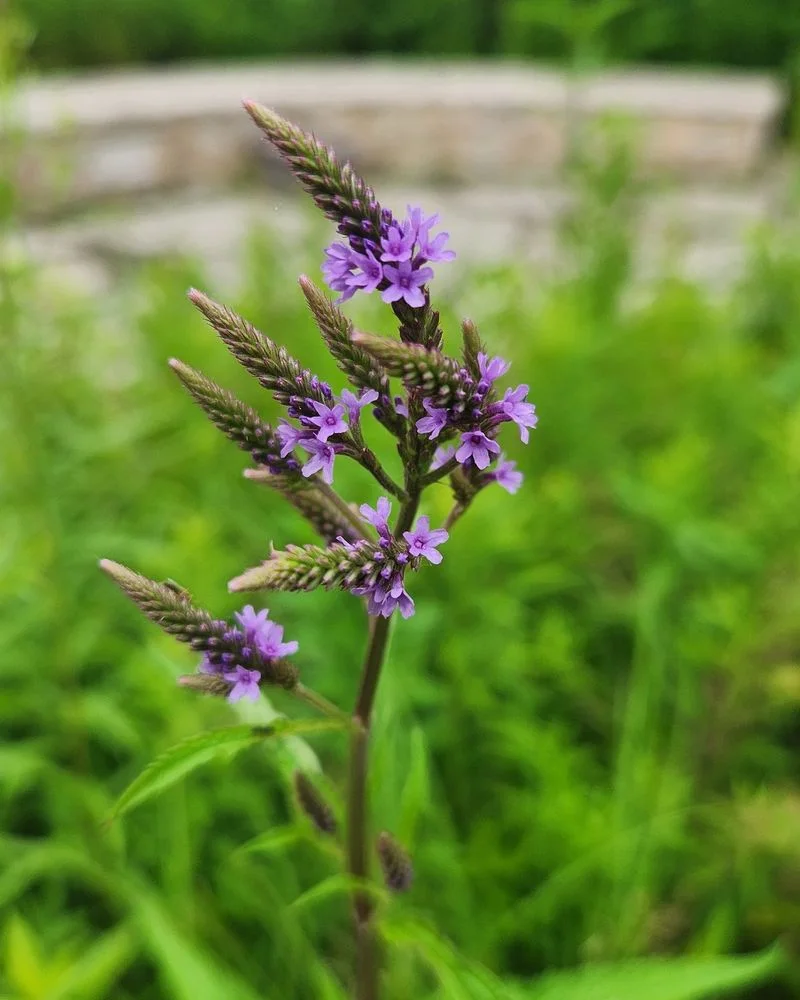
Verbena’s delicate clusters of flowers bring vibrant color to rocky settings. This perennial thrives in well-drained soils, tolerating drought and heat. Verbena’s cascading habit makes it a wonderful choice for rock gardens or containers. Its flowers attract butterflies, adding lively movement to gardens. Known for its long blooming period, verbena provides continuous color throughout the season. Traditionally used in herbal remedies, it’s valued for its soothing properties. Find beautiful examples by searching ‘Verbena in rocky terrain.’
Santolina (Lavender Cotton)
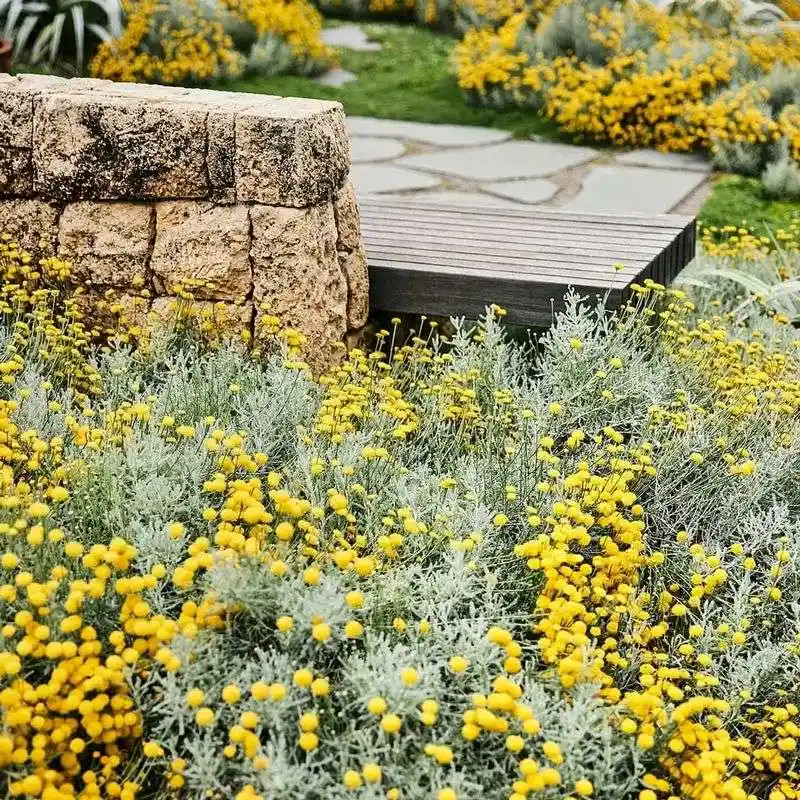
Santolina, or Lavender Cotton, is known for its aromatic silver foliage and bright yellow flowers. This Mediterranean native thrives in rocky, well-drained soils, needing little water once established. Santolina’s compact growth habit makes it ideal for edging and rock gardens. Its fragrant leaves repel pests, enhancing its garden value. Historically used in moth repellent sachets, it’s a blend of beauty and function. For a touch of Mediterranean charm, search ‘Santolina in rocky landscape.’
Nepeta (Catmint)
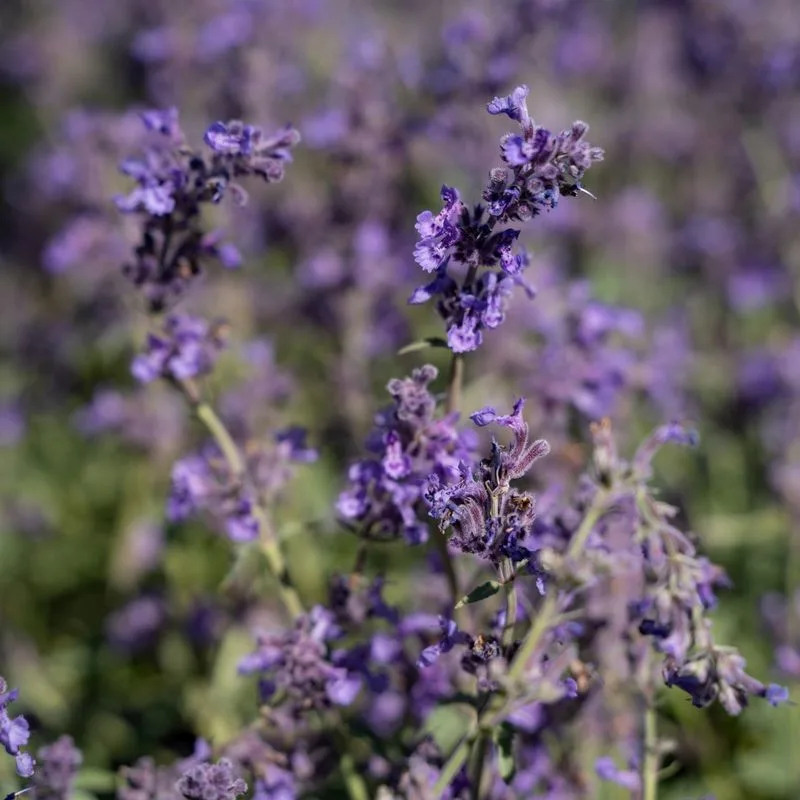
Nepeta, commonly known as Catmint, adds a soft, romantic touch to rocky gardens. Its gray-green foliage and lavender-blue flowers create a calming palette. Nepeta thrives in sunny, well-drained spots, attracting bees and butterflies. It’s drought-tolerant and resistant to deer, making it a practical choice. Historically associated with cats, it’s also been used in traditional medicine for calming teas. Nepeta’s long blooming season adds continuous beauty. Search ‘Nepeta in rocky garden’ for serene inspiration.
Saponaria (Soapwort)
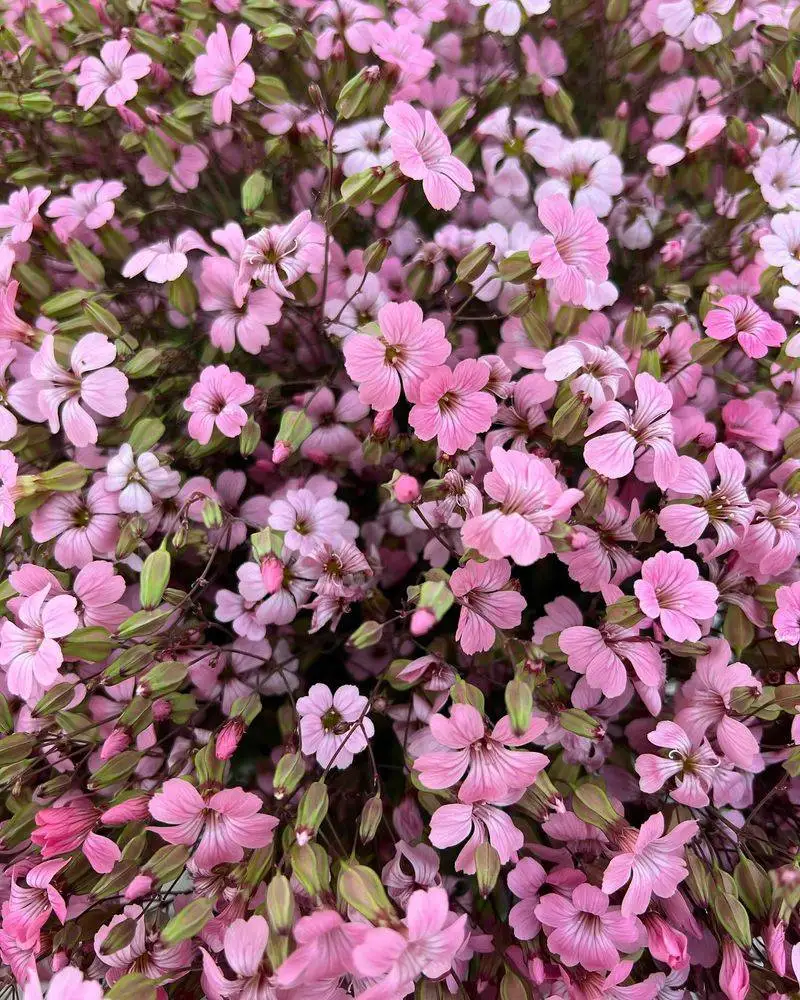
Saponaria, or Soapwort, offers a cascade of pink blooms in rocky environments. This perennial thrives in well-drained soils, requiring minimal water once established. Saponaria’s lush foliage and vibrant flowers create a lush appearance, despite challenging conditions. Historically, its roots were used as a soap substitute, lending it its common name. Its trailing habit makes it ideal for rock gardens and slopes. To see its vibrant charm, search ‘Saponaria in rocky terrain.’
Euphorbia
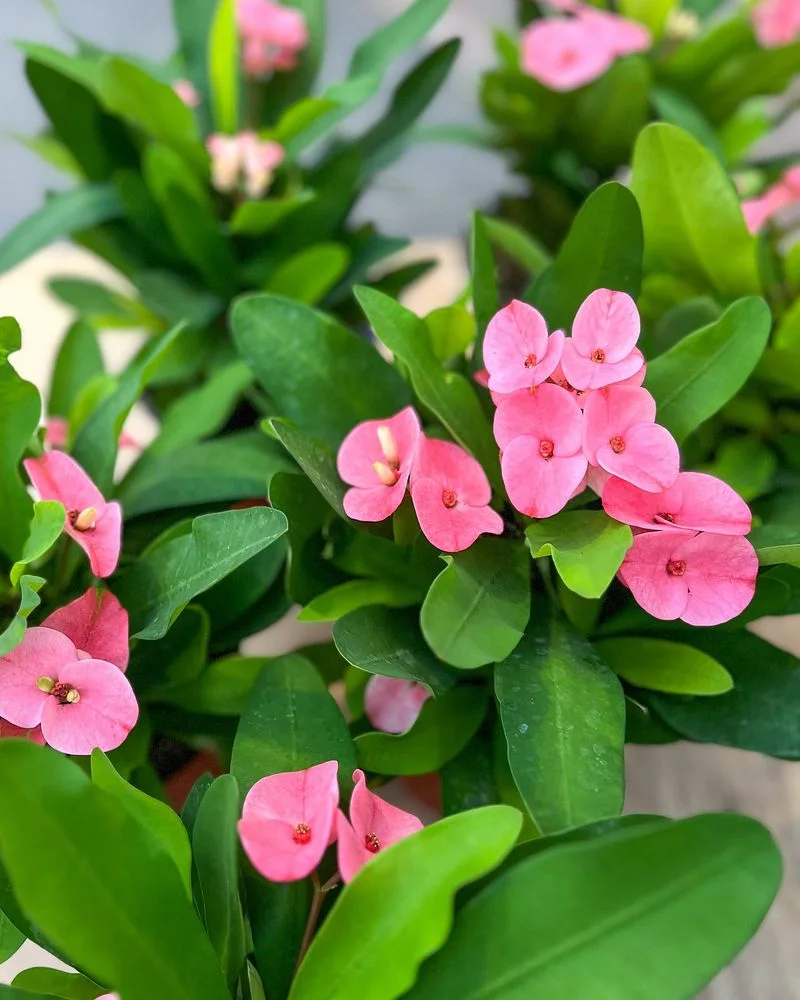
Euphorbia’s unique structure adds architectural interest to rocky gardens. Known for its spiky appearance and vibrant bracts, it’s a resilient choice for dry soils. Euphorbia’s sap, once used in traditional medicine, deters pests, adding a layer of natural defense. Drought-tolerant and low-maintenance, it thrives where others struggle. Varieties like Euphorbia characias offer striking contrasts in texture and color. Find impressive displays by searching ‘Euphorbia in rocky landscape.’
Helichrysum (Curry Plant)
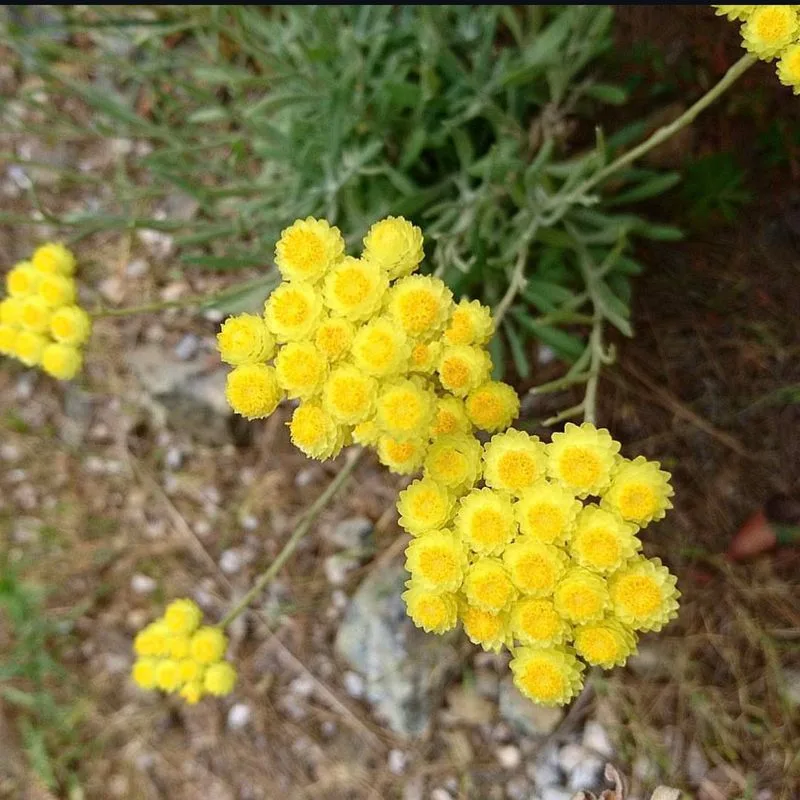
Helichrysum, commonly known as the Curry Plant, offers more than just a fragrant aroma. Its silvery foliage thrives in rocky, well-drained soils, tolerating drought and heat. Helichrysum’s slender leaves add a unique texture to gardens, while its scent deters pests. Historically, it was used in traditional medicine and cooking. This plant’s ability to endure harsh conditions makes it a valuable addition to tough landscapes. For a sensory experience, search ‘Helichrysum in rocky garden.’
Oenothera (Evening Primrose)
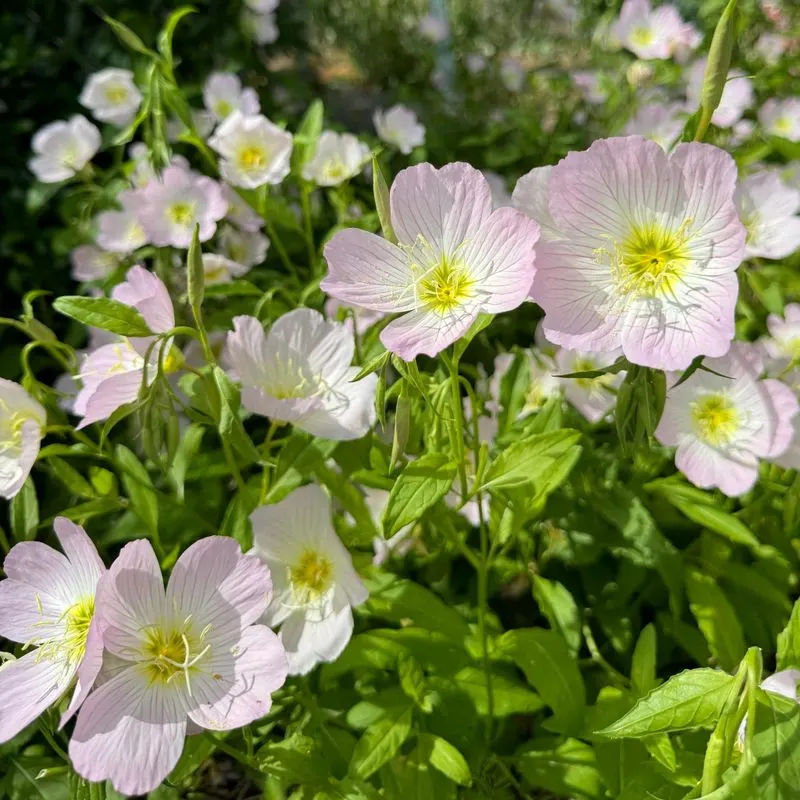
Evening Primrose, or Oenothera, adds a splash of sunshine to rocky landscapes. Its yellow blooms open at dusk, attracting night pollinators. This resilient perennial thrives in poor, well-drained soils and requires little water. Known for its healing properties, evening primrose oil is a popular herbal remedy. Its ability to colonize tough terrains makes it an asset in garden design. Historically, it was used by Native Americans for food and medicine. Search ‘Oenothera in rocky soil’ for inspiration.
Gaillardia (Blanket Flower)
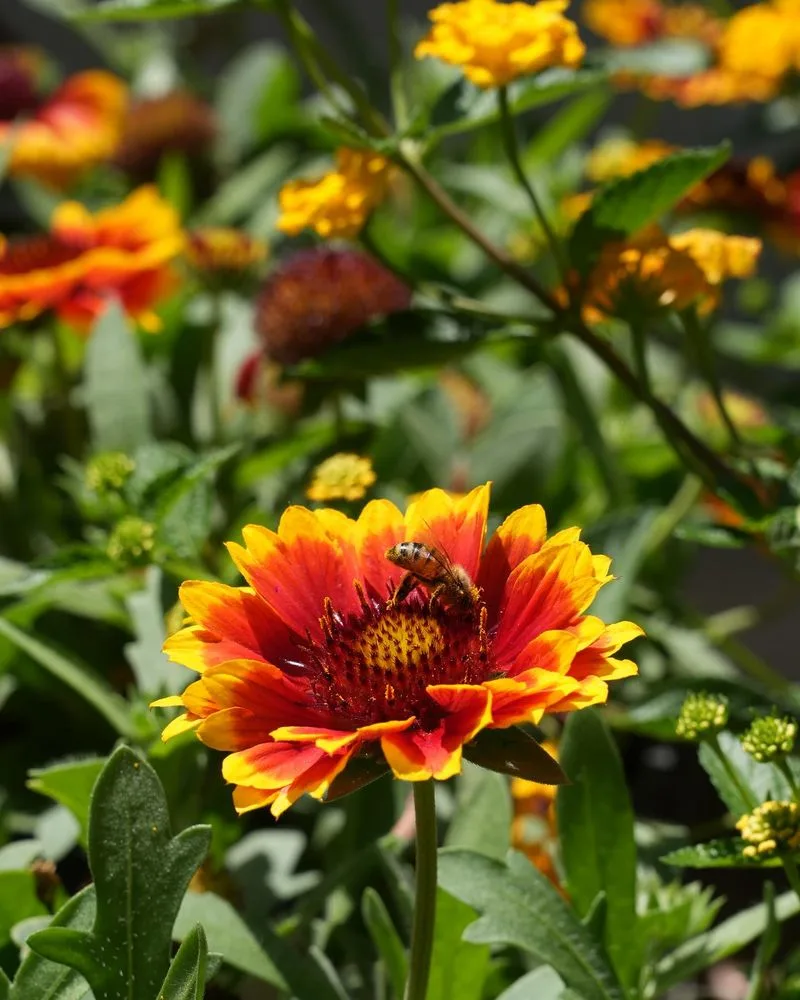
Gaillardia, or Blanket Flower, splashes vibrant colors across rocky gardens. Its daisy-like blooms in red, orange, and yellow offer long-lasting color. Gaillardia thrives in well-drained, sandy soils, withstanding drought and poor conditions. Its flowers attract bees and butterflies, enhancing ecological diversity. Known for its hardiness, gaillardia requires minimal upkeep once established. Historically, it was named after an 18th-century French magistrate and botany enthusiast. Search ‘Gaillardia in rocky terrain’ for vibrant garden displays.

